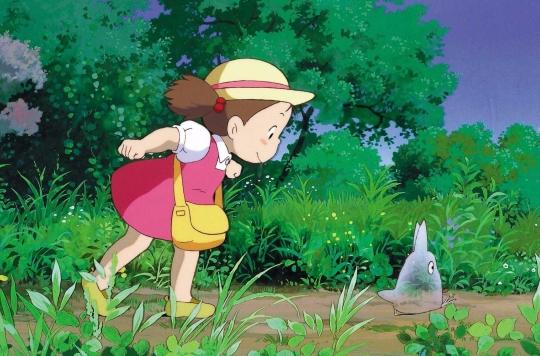Growing up in an environment rich in green spaces could promote children’s brain development.

Green spaces to clear the mind? The metaphor might not be. A recently published study in Environmental Health Perspectives, a journal devoted to the health benefits of the environment, has just established a link between the presence of green spaces and the development of certain areas of the brain in children.
The study took place in the outskirts of Barcelona, as part of a large project called BREATHE to assess the effects of pollution on children’s health. The researchers examined the brains of 253 children, using a 3D MRI. Their exposure to nature was assessed according to their place of residence, depending on whether the neighborhood appeared to be more or less rich in green spaces on satellite images.
Better working memory
In doing so, it appeared that the children who were more exposed to greenery had a larger brain volume in certain areas of the frontal lobe, possibly linked to better cognitive performance. In short, children who have grown up surrounded by greenery tend to have better working memory (short-term mental agility) and perhaps better attentional capacities.
“This is the first study to have assessed the association between long-term exposure to green spaces and the structure of the brain,” explains Dr Payam Dadvand, researcher at the University of Barcelona and first author. “Our results suggest that early exposure to greenery could induce beneficial structural changes in the brain. “
Benefits of greenery
All this remains to be confirmed: the fragile methodology of the study makes its conclusions uncertain, and few additional factors could be controlled (only the mother’s age, sex and level of education). But it is part of a promising line of research, which aims to establish the benefits of green spaces on cognition. The same team had recently established that children placed in schools rich in green spaces tended to have better working memory.
As for the possible mechanisms involved, they are varied in nature. Green spaces have a definite psychological effect and could stimulate and soothe children, which would allow them to develop more harmoniously. We also know that living in a place rich in green space is much better for mental health. To this hypothesis is added another, less pleasant: green spaces have the ability to filter air pollution, which we strongly suspect impair children’s abilities.
Be that as it may, children and adults alike: between a concrete courtyard and a tree-lined lawn, the choice is quickly made. It is still necessary that the standards of construction and town planning follow.
.















